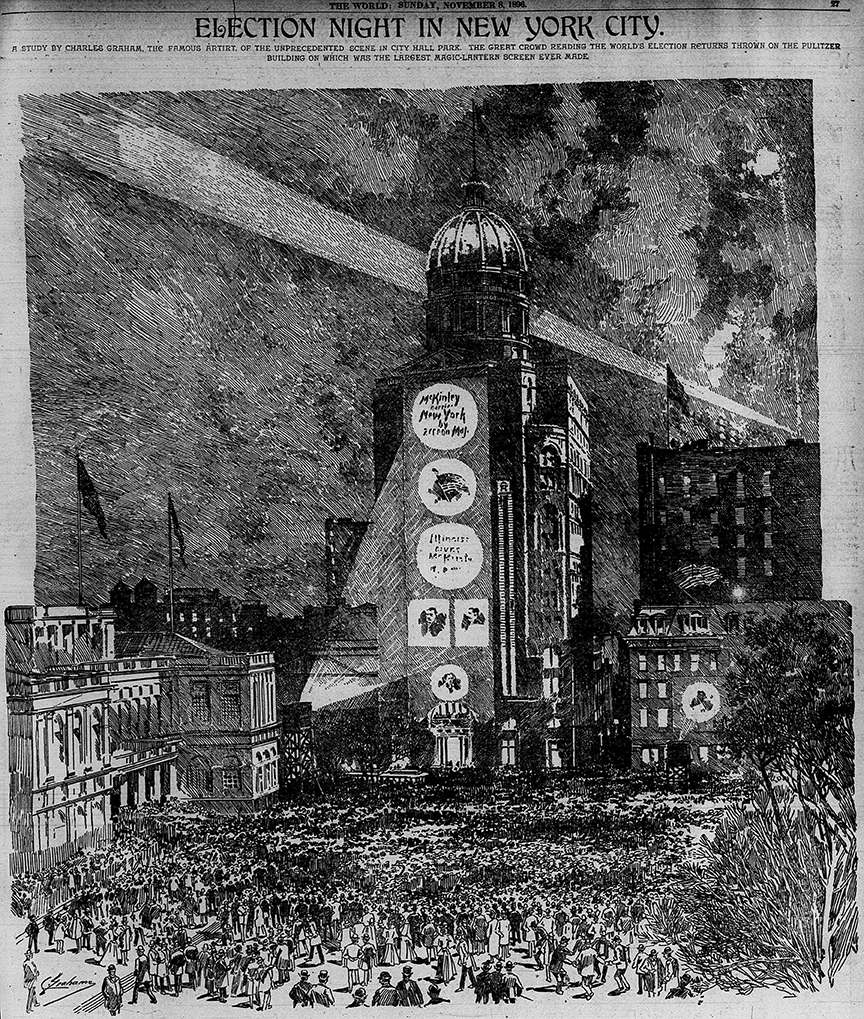
Title: Reevaluating Galileo: The Influence of Mario Biagioli and a Critical Review of Scientific Heroism
For countless years, Galileo Galilei has been regarded as a monumental figure in scientific history, frequently acknowledged as the “father of modern science.” The prevailing narrative portrays him as an isolated genius who challenged established norms, transformed physics and astronomy, and suffered consequences for opposing the doctrines of the Catholic Church. Nevertheless, the reality is considerably more intricate. Below the romanticized portrayals lies a complicated interplay of science, politics, and personal ambition—an interplay skillfully examined by the late science historian, Mario Biagioli.
Recently, a more critical and layered comprehension of Galileo has surfaced, influenced by scholars like Biagioli, whose pioneering works have redefined the historical discourse. Instead of dismantling Galileo’s valid contributions to science, this viewpoint aims to contextualize them—illuminating both his triumphs and his shortcomings—while challenging the tendency for uncritical adulation.
Galileo and the Myth of the Scientific Hero
The widespread reverence for Galileo has generated a narrative in which he is portrayed almost as an infallible martyr for science. Tales of his alleged sacrifice—denounced as a heretic and imprisoned by the Church for daring to speak out—constitute the foundation of contemporary scientific mythology. This oversimplified legend frequently overlooks the complexities of Galileo’s interactions with the Church, his scientific miscalculations, and the broader intellectual landscape in which he functioned.
Consider Galileo’s theory of the tides. He dismissed Kepler’s lunar-based explanation in favor of his own theory, which was demonstrably flawed. Nevertheless, his supporters often find ways to reinterpret such errors as brilliant yet misapprehended insights—a tendency that skews historical assessment to maintain the myth of Galileo’s omniscience.
Biagioli and the Science’s Political Landscape
Mario Biagioli, a prominent historian and scholar, played a crucial role in unraveling this narrative. His two most significant works, Galileo Courtier: The Practice of Science in the Culture of Absolutism (1993) and Galileo’s Instruments of Credit: Telescopes, Images, Secrecy (2006), transcend ordinary hagiography to evaluate Galileo not merely as a scientist, but as a political figure navigating the dynamics of power during his era.
In Galileo Courtier, Biagioli explores how Galileo operated within the framework of absolutist patronage. The scientist’s ascent was not simply a triumph of intellect over ignorance, but a strategic rise bolstered by courtly maneuvering, individual ambition, and political acumen. Galileo’s affiliation with the Medici family, whom he honored by naming the Jovian moons the “Medicean Stars,” exemplifies his efforts to secure favor in elite circles by intertwining political propaganda with his scientific breakthroughs.
Biagioli underscores that Galileo’s later misfortunes were not solely due to his scientific views but were partly a result of these very political maneuvers. When Cardinal Maffeo Barberini ascended as Pope Urban VIII, he elevated Galileo to the ranks of favored intellectuals at court. However, under both external and internal pressures, the same pope would eventually turn against him. In what Biagioli refers to as a classic illustration of absolutist power dynamics, Urban employed Galileo as a scapegoat to reinforce papal authority: “Those I elevate, I can also bring low.”
Galileo’s Instruments and Symbolic Technology
In his second landmark work, Galileo’s Instruments of Credit, Biagioli delves into Galileo’s utilization of technology, especially the telescope, as an instrument not just for observation but for fabricating a public persona. The anthropologist in Biagioli emerges here—he highlights how Galileo withheld methodological details and generated wonder through imagery and secrecy. The manner in which Galileo articulated and showcased his discoveries was as critical as the discoveries themselves.
The secrecy that veiled the telescope serves as a powerful metaphor in this context. Biagioli contends that Galileo was quite intentional about how he curated his scientific image, frequently opting to keep certain mechanical or optical details concealed while maximizing the visual allure of the newly observed celestial entities. For Biagioli, this reveals a deeper reality about science: that it is as inextricably linked to culture, performance, and power as it is to sheer rationality.
Galileo Beyond the Legend
This is not to suggest that Galileo was not an exceptional thinker or that his contributions to mechanics and astronomy were insignificant. Instead, it is to advocate for a more equitable, accurate standard for assessing historical figures. Mario Biagioli’s scholarship invites us to recognize Galileo as he genuinely was—multifaceted, strategic, and occasionally flawed. He was neither a saint nor a heretic, but a scientist molded by his context, engaging with institutions, political pressures, and rivalries.
This historical approach serves not only to recalibrate our view of Galileo, but also to enhance the overall practice of historical scholarship. It serves as a reminder that